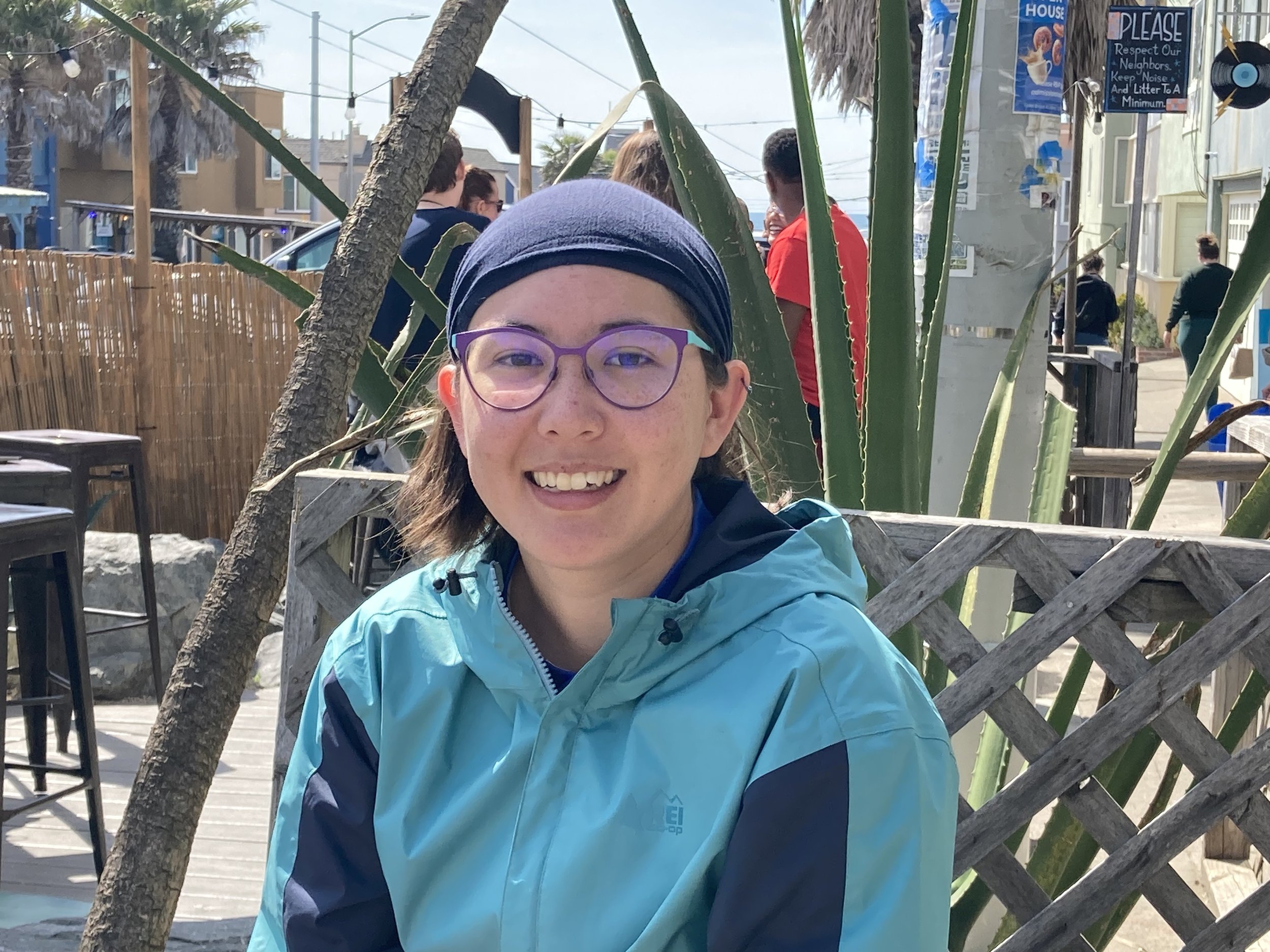Knowing NERT Can Save Your Life
NERT teaches residents how to survive and save lives in a disaster.
It might sound like a funny little acronym, but NERT is life and death serious. NERT stands for Neighborhood Emergency Response Team — a life saving program run by San Francisco’s fire department that teaches disaster preparedness skills to residents.
“The next big earthquake is a question of when not if,” says Capt. Brandon Tom, who coordinates the NERT program. “In a disaster, first responders will be stretched thin. That's why a well-organized and well-trained NERT team is vital.”
Capt. Tom is a Sunset resident and his son attends St. Ignatius College Preparatory School. While he is working to make sure the entire city is prepared for disaster, he has a vested interest in teaching Sunset residents.
“I will depend on NERT members to help my family in the Sunset,” Capt. Tom says.
Survival skills
A NERT student attends six four-hour classes over several weeks. The classes are taught by veteran firefighters and cover a range of survival skills from how to stop bleeding to shutting off a gas line. Students also learn how to use a fire extinguisher, free people trapped under heavy debris, and how to triage victims.
The class is not for the squeamish. The instructors try to make the experience as realistic as possible. There’s plenty of fake blood and injured “victims” lying on the ground screaming for help.
“It’s intense,” says Capt. Tom. “We try to put people under stress, to see how they react and if they remember what we taught them. People aren't usually ready for the sight of blood. Until you actually experience it, you don't know how you're going to react.”
NERT coordinator Capt. Brandon Tom.
One student’s experience
More than 100 residents become NERT graduates throughout San Francisco each month. But Sunset neighborhoods could use more volunteers willing to take the course.
Graphic designer Elena Hartley, who moved to the Outer Sunset three years ago, recently completed the NERT training program.
“I'm glad I did,” she says. “I don’t think many people realize how big the next earthquake will be here in San Francisco. I studied geology in college, and when it hits it will be huge. I want to be prepared and able to help out.”
Elena found two of the training exercises particularly helpful: learning how to use a fire extinguisher and what to do when people are trapped under debris.
“Knowing how to use a fire extinguisher has to be instinctive,” Elana says. “I don’t think I could pull debris off somebody because I’m not particularly strong. But now that I’ve done the NERT training, I know how to command people in a way that will keep them safe and get the victim out.”
Elena also learned a lot from a drill where she pretended to be a seriously injured disaster victim.
“The rescuers were supposed to clear my airway, but since I was lying on my stomach they were afraid they might hurt me if they tried to move me, so they skipped clearing my airway,” Elena says. “If it had been a real disaster, I would have choked to death because they didn’t check. It was a good lesson to learn.”
NERT graduate Elena Hartley.
The need for NERT
The NERT program was launched after the 1989 Loma Prieta earthquake, which devastated the Marina area. Residents asked the fire department to teach them disaster preparedness skills. A free program was launched in 1990. Since then, it has taught emergency skills to 25,000 people who live and work in San Francisco.
No major earthquake has happened since NERT was created in 1990, but the program was activated during the COVID epidemic. NERT volunteers helped staff vaccination and testing centers. They also assisted at food banks.
The NERT program has been such a great success that FEMA (the Federal Emergency Management Administration) adopted San Francisco’s training program nationwide in 1993. FEMA’s program is called CERT, for Community Emergency Response Team. San Francisco’s NERT has also attracted international attention.
“Representatives from Turkmenistan, Singapore, and Taiwan recently came to San Francisco to watch what we do, see what skills we are emphasizing,” Capt. Tom says.
Locally, Capt. Tom continues to seek more residents to join NERT so residents can practice their skills, talk with neighbors, and drill together.
“That builds friendships and stronger neighborhoods,” he says. “It will help make sure we are resilient so we can respond to a disaster when it comes. And it will come.”
Reported and written by volunteer community journalist Tom Colin. We encourage residents with journalism experience, retired journalists, and student journalists in high school and college to volunteer as writers for Supervisor Engardio’s newsletter. Interested? Apply here. Do you know a story you would like to see featured in the newsletter? Tell us about it here.



